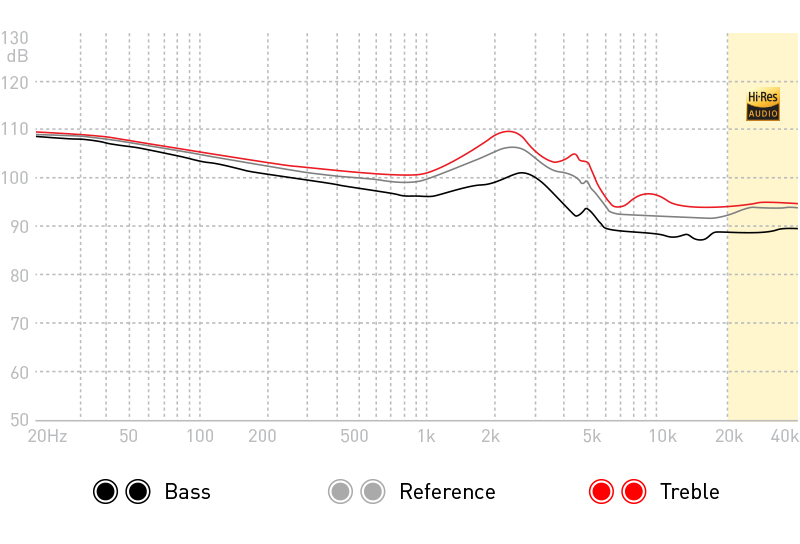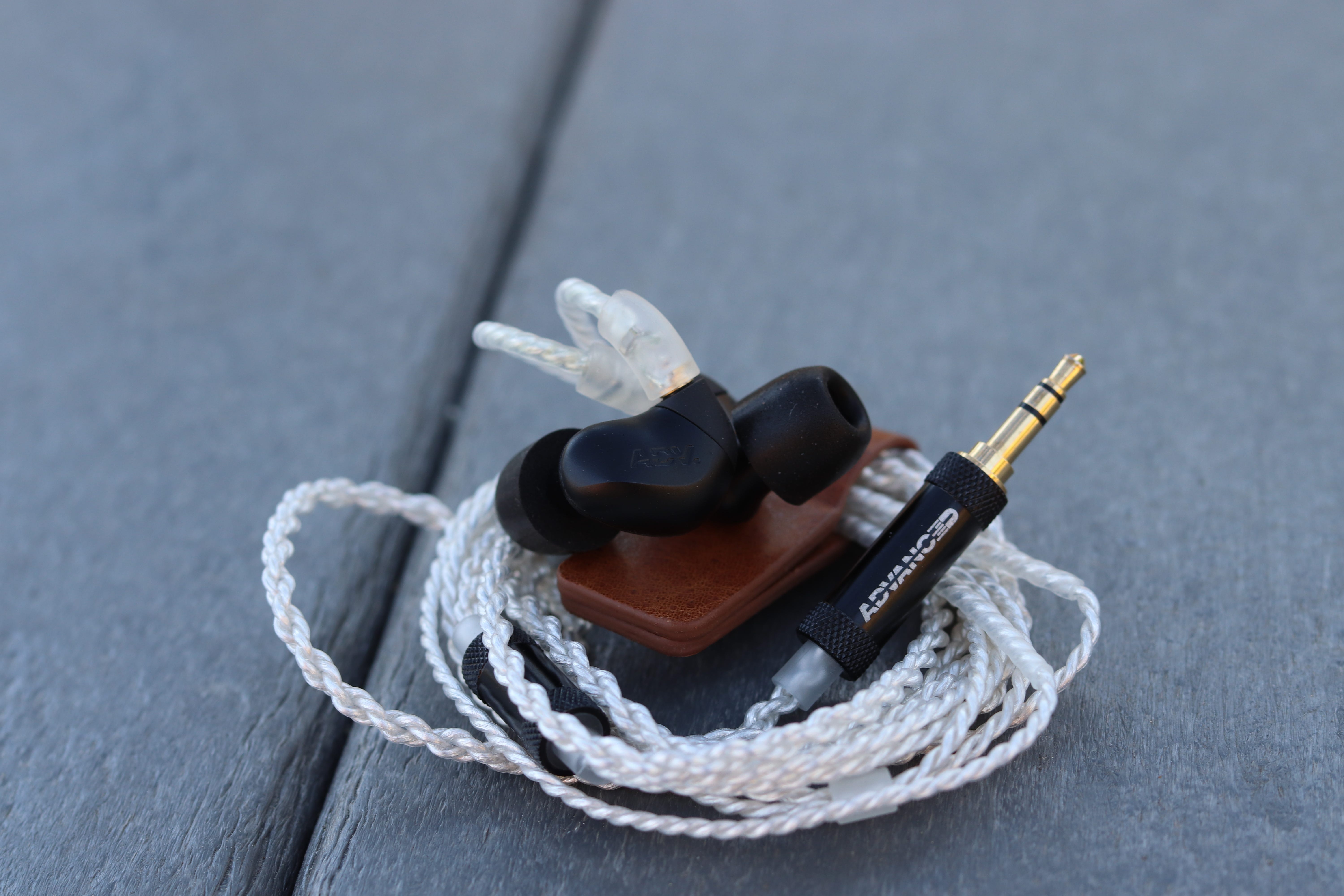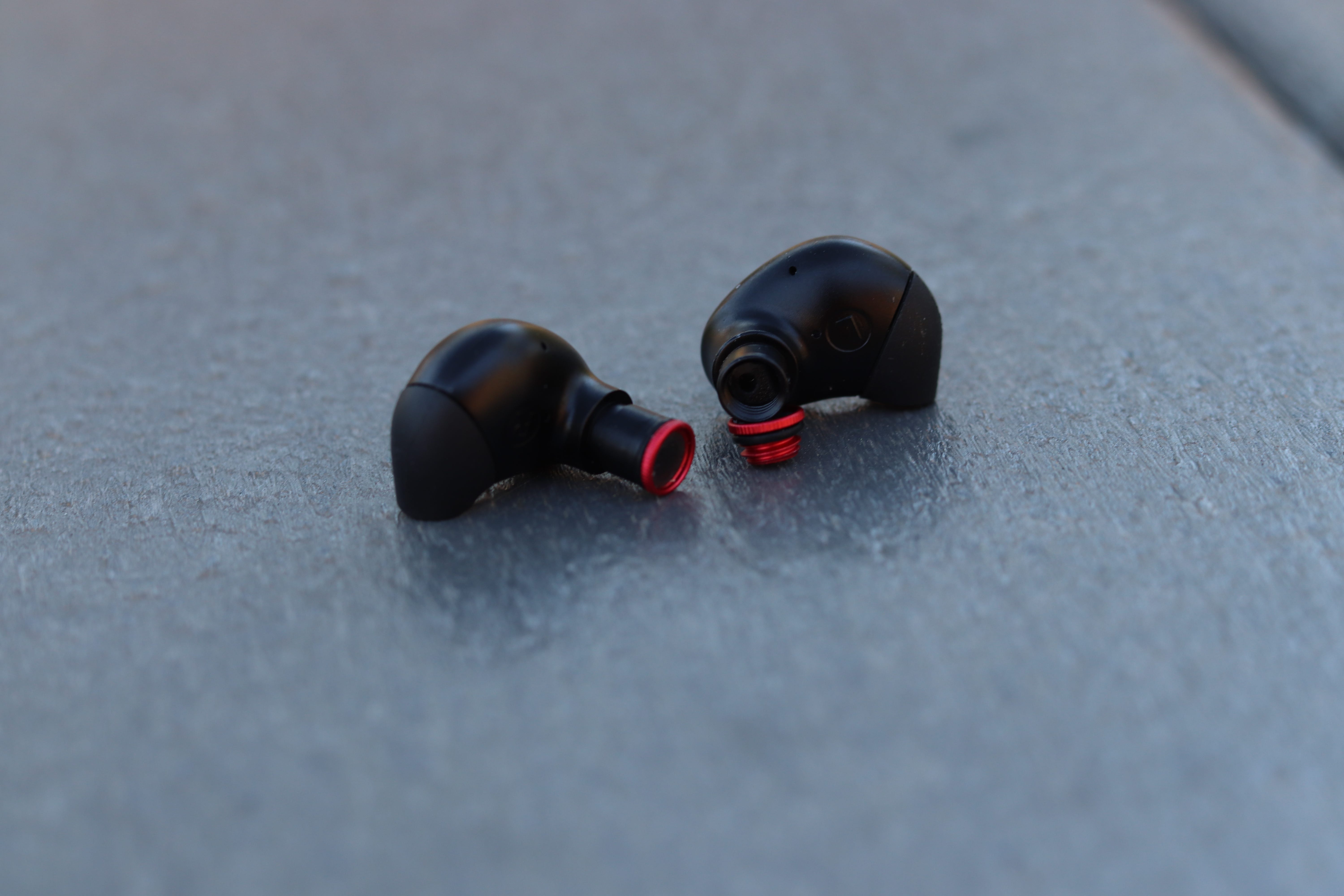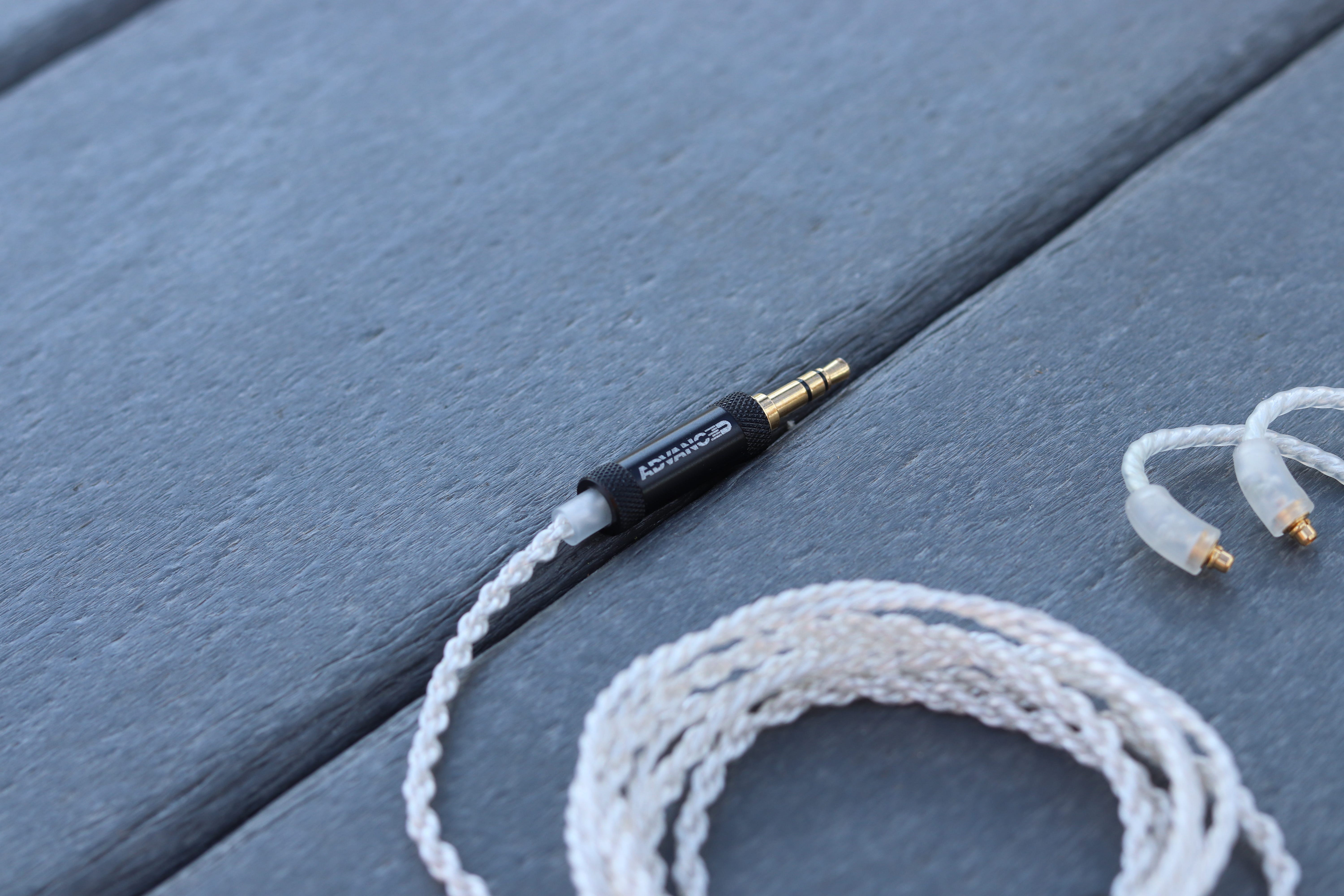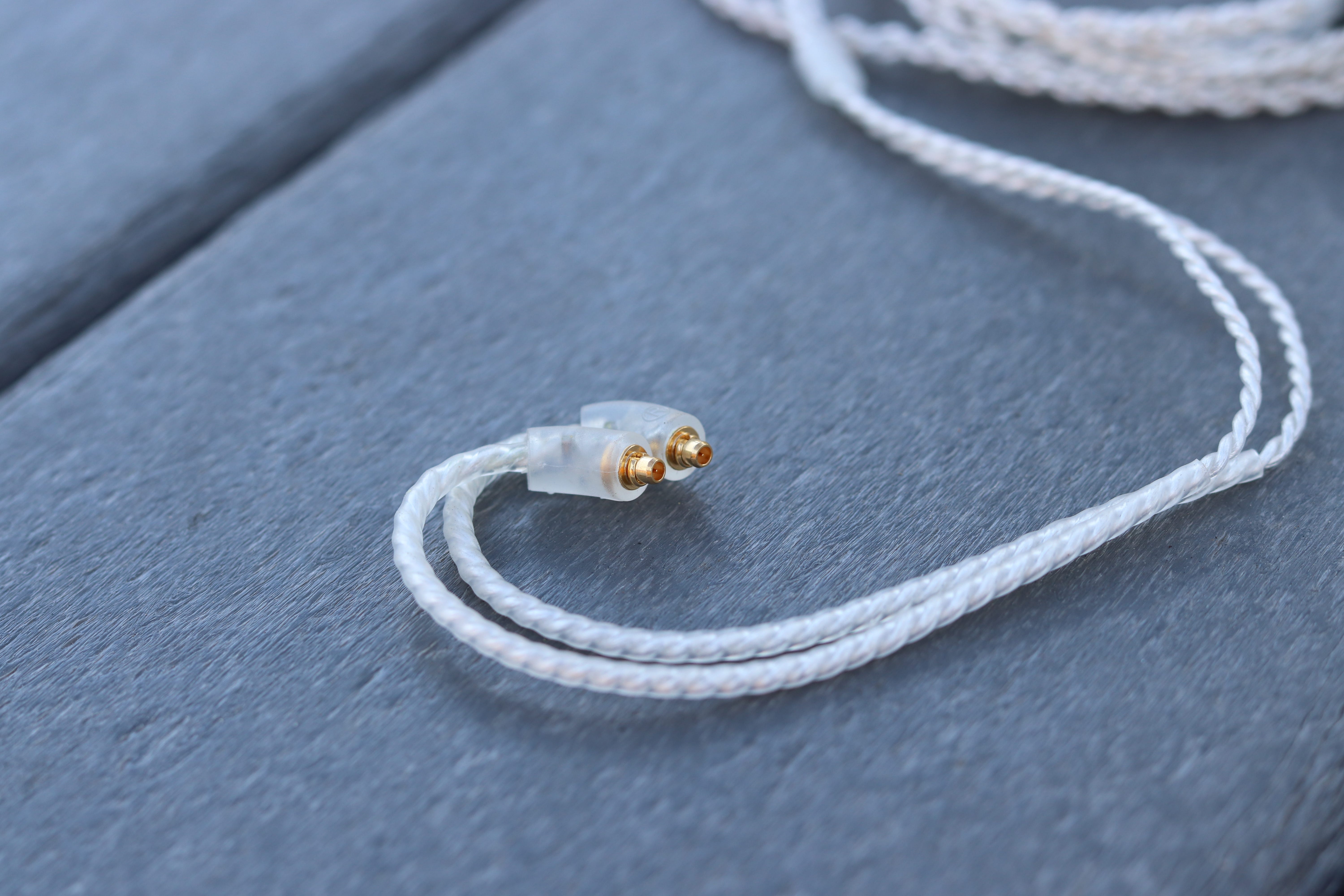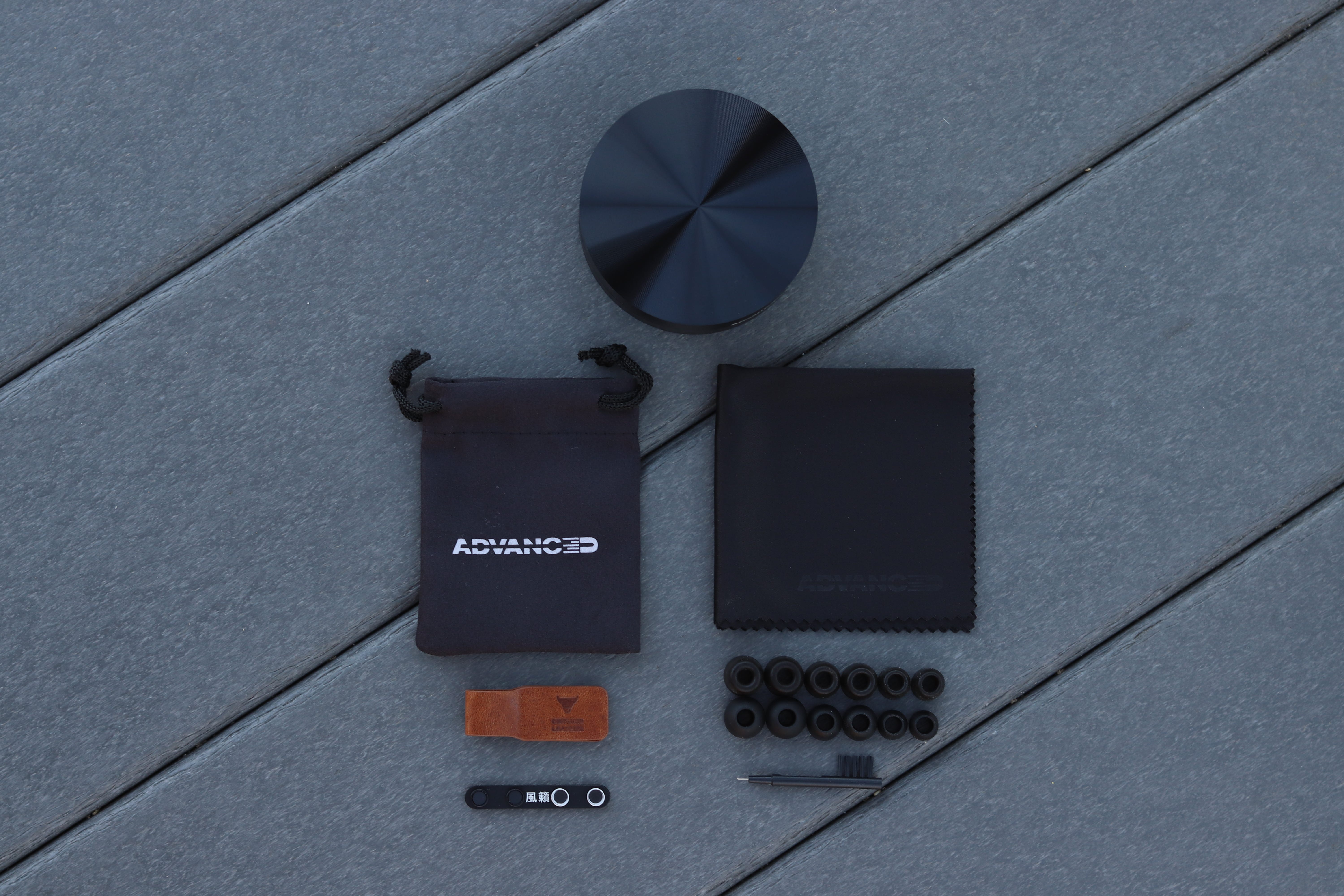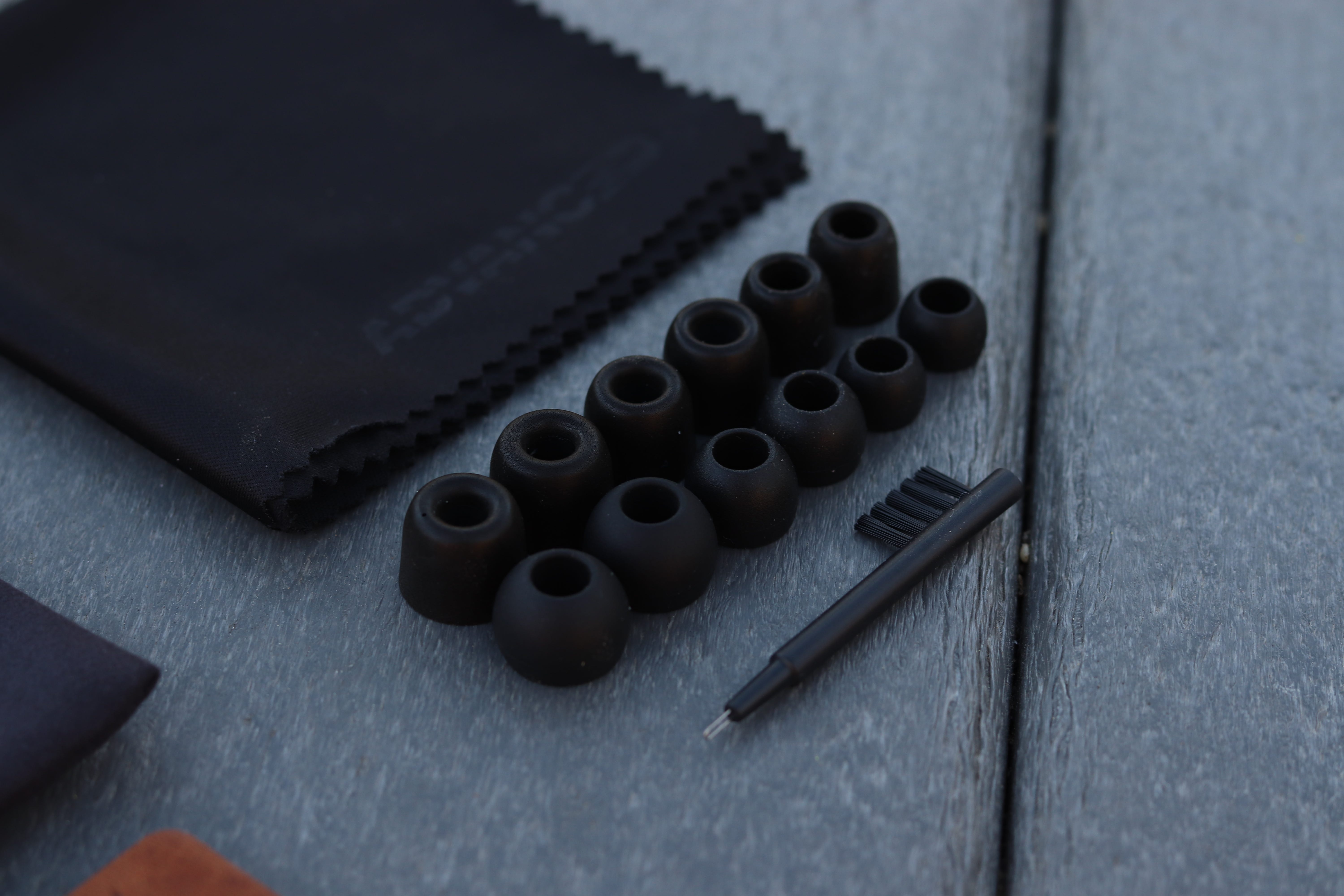Advanced Sound Furai Review: A Flagship Worth Touting
I am no stranger to Advanced Sound’s products. The M4, the Model 3, the Alpha, the 747; there are tons of examples to point to in reference to Advanced Sound’s skill in developing unique and well-executed products. The original GT3 Superbass was released not too long ago; its release signaled that Advanced was serious about innovating in the dynamic-driver part of the IEM market. The Furai is Advanced Sound’s new, limited-run, flagship. Inheriting a dynamic driver from the GT3 Superbass and two additional balanced-armature drivers, the Furai claims to be everything its predecessors were and more.
You can find the Furai for sale
here, for $499.
About My Preferences: Heads up, I’m a person! As such, these words are my opinion, and they are tinged by my personal preferences. While I try to mitigate this as much as possible during my review process, I’d be lying if I said my biases are completely erased. So for you, my readers, keep this in mind:
- My ideal sound signature would be one with competent sub-bass, a textured mid-bass, a slightly warm midrange, and an extended treble.
- I have mild treble sensitivity.
Source: The Furai was tested in the following configurations:
- LG V40-> earphones
- Hidizs AP100 3.5mm out -> FiiO A5 3.5mm out -> earphones
- HiFiMAN SuperMini -> earphones
All music was served as MP3 @320Kbps or as FLAC.
Tech Specs
- Driver unit: 2 BA + 1 Superbass DD hybrid driver with active crossover
- Impedance: 16ohm+/-15%
- Sensitivity: 108dB+/-3dB at 1kHz
- Frequency response: Ultra Wideband 10Hz — 40kHz
- Rated power input: 1mW
- Input power: 5mW
- Cable composition: Silver-plated copper
- Cable length: 1.5M
- IEM connector: MMCX
- Plug: 3.5mm gold plated
Sound Signature
Sonic Overview:
The Furai has three tuning filters: bass, reference, and treble. Note that all observations about the Furai, unless otherwise stated, were made while it was using the reference filter.
The Furai is the embodiment of a V-shaped IEM. It brandishes a strong treble presence marked by an equally strong bass presence. It has an upper-midrange lift to bring forth vocals and the main bodies of instruments.
Sonic Breakdown:
Treble: Songs used:
In One Ear,
Midnight City,
Outlands,
Satisfy,
Little One,
Show Me How To Live (Live at the Quart Festival)
The Furai’s treble is quick and articulate. It has that quintessential sense of precision that balanced-armatures generally bring to the table. Throughout I
n One Ear I was able to hear the high-hat slams in the background with great separation and articulation. This owes to the great sense of air and layering that the Furai’s tuning captures. The staging of treble-focused sonic elements is quite good and blends very nicely with the upper-midrange.
The Furai’s treble has a great tonal range.
Midnight City’s digital synths sound phenomenal: well textured, and staged.
Outlands’ massive orchestrations too contained a variety of textures and micro-details, almost all of which was captured and presented by the Furai.
One thing that the Furai doesn’t do, however, is shred my ears with sibilance. I found my entire test-library, including poorly mastered songs such as Satisfy, to be free of sharpness.
Midrange: Songs used:
Flagpole Sitta,
Jacked Up,
I Am The Highway,
Dreams,
Too Close,
Little Black Submarines
I’ve generally enjoyed the way that Advanced Sound tunes the midrange of their IEMs, but I am ever more impressed with the Furai than usual. At first listen I thought “is this midrange… neutral”? Well, after more listening, no, it isn’t. But the sonic illusion that made me think it
was neutral is still in effect as I listen to the Furai, even now. In actuality, the Furai has a sloped upper-midrange, and a slightly raised lower-midrange, but contains a small oasis of neutrality right in the center of its frequency band (right near 1KHz, according to my ears). I quite enjoy the tonal richness that this approach allows the Furai to produce. The dry electric guitars of
Flagpole Sitta remain incredibly-well textured while the soft layered instrumentation of
Jacked Up are captured with ease.
The Furai has a bias towards male vocals. Songs such as
I Am The Highway and
Little Black Submarines exemplify the sheer vocal competence of the Furai. While female vocals are a little too weightless, I don’t find them distracting or detracting from the overall experience.
Bass: Songs used:
Moth,
Gold Dust,
In For The Kill (Skream Remix),
War Pigs (Celldweller Remix)
Let me tell you: the Superbass naming of the Furai’s driver, while a little “gamer-y”, is pretty accurate. The Furai digs incredibly far down into the sub-bass, reaching well past 50Hz down into the 20Hz range with strength. It does so without compromising the quickness and precision of the overall bass presentation, a trait of Advanced’s Superbass drivers that I am consistently impressed with. In my mind, the Furai is the spritual successor to the Rose Cappuccino Mk. II, one of my all-time favorite V-shaped IEMs. While the Cappuccino Mk . II (an IEM with 2x BA and 2x DD) has a larger mid-bass presence, it was of a much lower quality than the Furai, marking the latter IEM as the better one, in my opinion.
The Furai’s lower-register abilities allowed it to masterfully present each of my test songs.
Moth’s bass guitars were melodic and bodied,
In For The Kill’s sonorous bass lines were fully articulated, and even
War Pigs’ fast and impactful stanzas and choruses were fully-fleshed-out
Tuning Filters
Treble:
The Furai’s treble filter does just what it sounds like: increases the presence of the treble. I’m still trying to decide which filter I enjoy more, this one or the reference filter, as they’re both well-separated and sonically appealing. Unlike the reference filter, this Treble filter has a number of rises throughout the upper register. My ears could find some by 5KHz and 10KHz, and the breakdown given to me by Advanced seems to confirm that. This results in sounds such as the slamming of high-hats being brought forward in the mix and being staged with more clarity.
Bass:
The bass filter is an interesting beast. It flattens out the midrange a little more, but pushes it and the treble as a whole further down into the mix. This does give the lower midrange and midbass much more room to fully articulate, but at the cost of instrumental separation (which was otherwise top-notch). I can certainly see this filter being a favorite of someone out there, but it just isn’t for me.
Packaging / Unboxing
Build
Construction Quality
Advanced built the Furai’s shells out of two main materials: a glossy black metal and a soft-touch black rubber. They are conjoined internally and have very small seam lines. On the top of the shells, embedded inside the rubber part, lies the MMCX port.
The Furai’s nozzles are slightly longer than average, with a slimmer diameter than is normally found with dynamic-driver based IEMs. This is likely due to the Furai using a smaller DD than many of its competitors. Note that the tuning filters screw into the tops of the nozzles and sit flush with them.
Advanced went with their usual high-end SPC cable. I’ve said in the past that I quite enjoy its construction and I’ll say so again: it’s quite good. I have no complaints about it.
Comfort
The Furai is easily the most comfortable triple-driver IEM I’ve ever worn. This is in part due to its diminutive size and in part due to the highly-ergonomic shell design that Advanced went with. While your mileage may vary, I’d say that its a safe bet that the Furai will fit your ears well.
Accessories
Inside the box you’ll find:
- 1x Metal carrying case
- 1x Cleaning cloth
- 1x Leather cable organizer
- 1x Cleaning tool
- 1x Soft carrying case
- 2x Extra tuning filters
- 3x Pairs of silicone eartips
- 3x Pairs of foam eartips
The tuning filters are stored in a nice metal filter-holder.
The included eartips are the same ones that come with the GT3 variants as well as some of Advanced’s other models. They’re great and should fit most people.
Advanced’s custom-machined metal carrying case is a great size and does a good job protecting the Furai. It closes with satisfying, almost air-tight seal. The finely-machined texturing across the top of the lid shimmers in low-light rooms, which is a nice added visual bonus.
Summary
The Advanced Sound Furai is an outstanding IEM that blends the precision of balanced-armature drivers and the tonal depth of a dynamic driver. Its exceptional accessory package and great ergonomics make it a no-holds-barred true flagship from Advanced Sound. I can wholly recommend the Furai to any Audiophile who wants to own a limited-run flagship, or simply step up their collection to the next level.
As always, happy listening!
